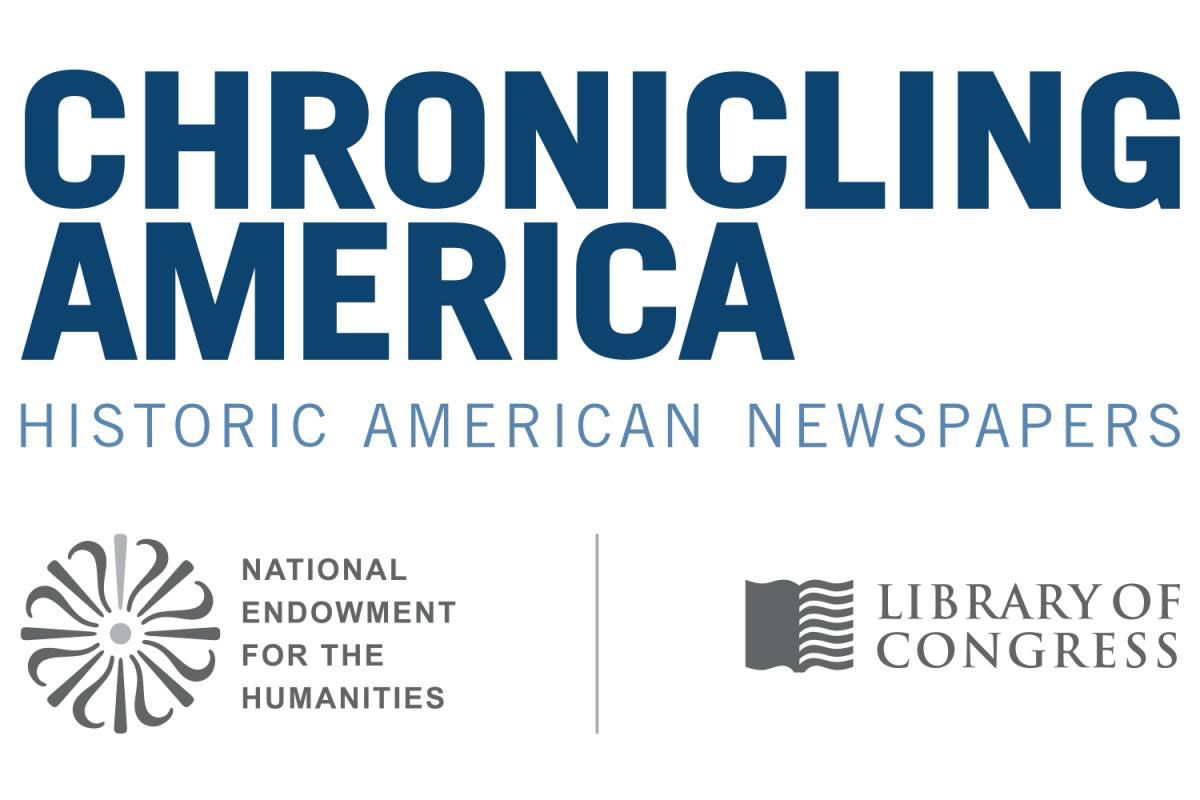
by Shana Scott
Above photo from neh.gov
Newspapers are unique cultural artifacts that give a broad sense of the world at the time of their printing. The articles may show what was considered important to people, but ads, classifieds, and comics all offer a window into the lives of the public. Newspapers become a snapshot of history, one that the Library of Congress (LOC) believes is worth preserving.
In 2004, the LOC partnered with the National Endowment for the Humanities (NEH) to create the National Digital Newspaper Program (NDNP) and build a publicly accessible and searchable database of digitized newspapers from across the country. It started as 400,000 pages of newspapers from six states that could be viewed in full text at the LOC’s Chronicling America website.
Eighteen Years Later
The initial Chronicling America database could hardly be considered humble, but it’s just a drop in the bucket of the current collection. Over 20 million pages of culturally significant newspapers, ranging from 1777–1963, are now available for viewing on the LOC’s website. Chronicling America reached a major milestone this past September when newspapers from New Hampshire joined the massive digitization effort. Thanks to this addition, Chronicling America truly lives up to its name. All 50 states are now represented in the LOC’s database. The first newspapers from New Hampshire all have some cultural significance, including the first newspaper printed by an enslaved person, the nations’ oldest school newspaper, and one printed atop Mount Washington. While these are not the biggest or most well-known newspapers, each provides a unique perspective that enhances our understanding of the past.
Chronicling America’s goal has expanded over the years. America is made up of a diverse population and the LOC wants to reflect that. They intend to continue growing their collection with publications in any language published in the United States and to include beyond the 50 states that have already contributed. They already possess publications from the District of Columbia and are open to newspapers from Puerto Rico and the US Virgin Islands.
Keeping these publications accessible and searchable and presenting them as part of a cultural mosaic provides so much more than a single printed page or shelved archive. What does your collection have to offer—and how can digitization help share that with the world?


